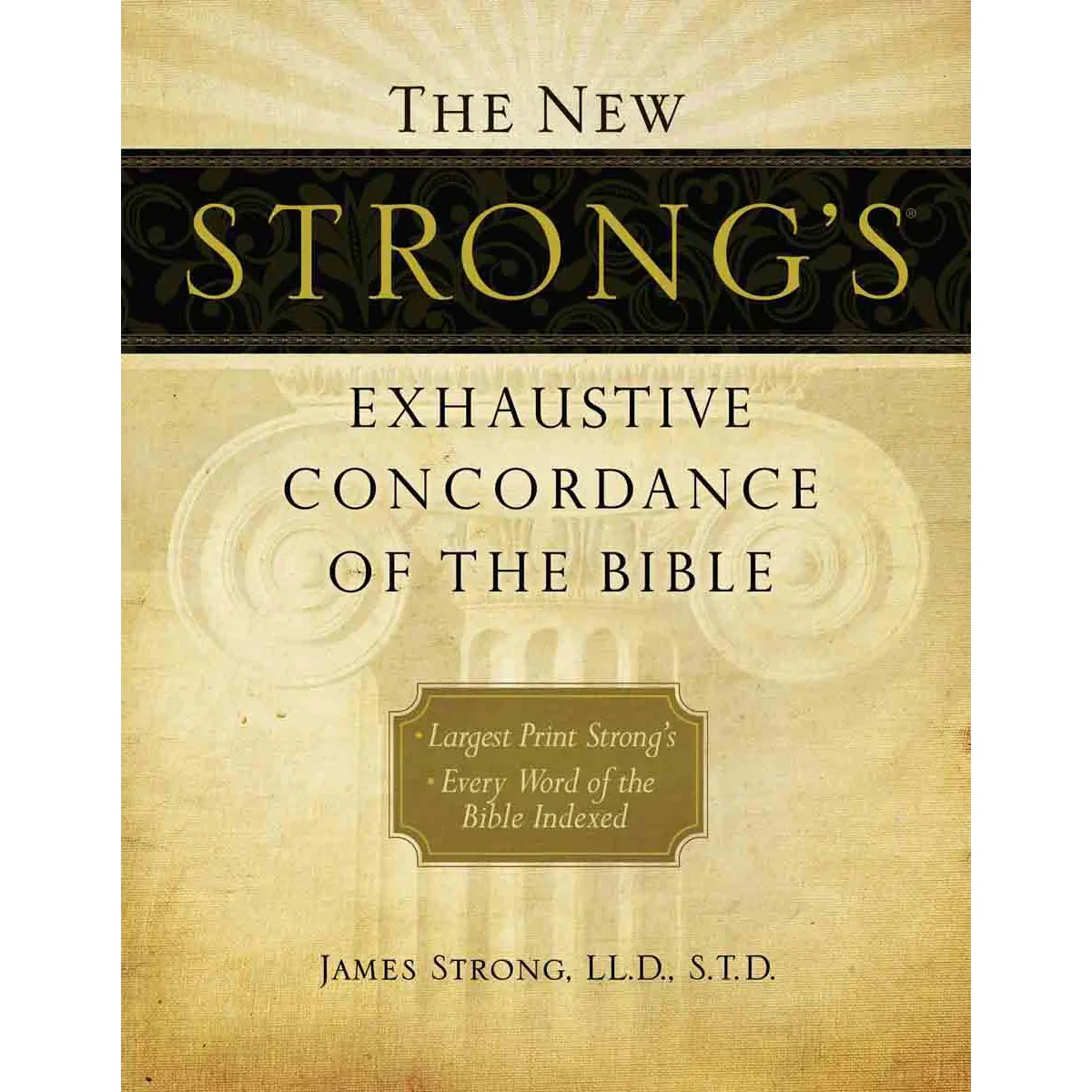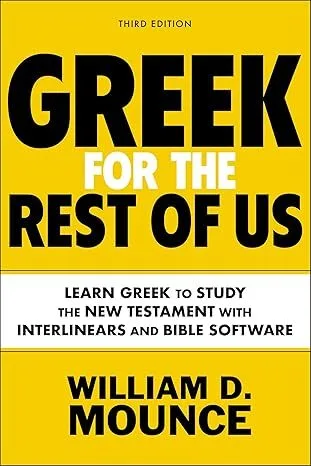Strong’s G4019: A compound verb combining περί (around) and δέω (to bind/tie), meaning “to bind around, wrap completely.” Used in the New Testament specifically in describing Lazarus’s burial cloths, symbolically representing the bonds of death that Jesus’s power broke.
U- Unveiling the Word

Key Information
περιδέω

Strong’s Entry
g4019
Περιδέω represents complete binding or wrapping around, particularly in funerary contexts. As a compound word, it combines the encompassing sense of περί with the binding action of δέω, creating a vivid image of thorough wrapping or binding. In the New Testament, it appears uniquely in John’s account of Lazarus’s resurrection, describing the burial cloths that bound him. The word carries deep theological significance as these bindings represent death’s hold that Jesus broke through His resurrection power. Early church writers used this image to discuss both physical death and spiritual bondage, emphasizing Christ’s power to loose both. Today, it continues to symbolize Christ’s authority over death and His power to free us from spiritual bondage.
N – Necessary Information
- Greek Word: περιδέω, perideo, [peh-ree-DEH-oh]
- Detailed pronunciation: peh-ree-DEH-oh (stress on third syllable)
- Part of Speech: Verb
Etymology:
- περί (peri-): prefix meaning “around, completely”
- δέω (deo): root verb meaning “to bind, tie”
- Combined meaning: to bind completely around
D – Defining Meanings
- To bind around completely
- To wrap around thoroughly
- To tie around securely
For compound words: The prefix περί adds “completely around” to δέω “to bind,” creating the sense of thorough, encompassing binding
Translation Options:
- Bound around – Emphasizes complete encirclement
- Wrapped about – Highlights encompassing nature
- Tied around – Stresses secure fastening
E – Exploring Similar Words
- δέω [deo, DEH-oh] – “to bind,” without the encompassing aspect
- συνδέω [syndeo, soon-DEH-oh] – “to bind together,” emphasizes joining
- καταδέω [katadeo, kah-tah-DEH-oh] – “to bind down,” emphasizes downward binding
R – Reviewing the Word’s Morphology
Verbal Features:
- Tense: Perfect (in NT usage)
- Voice: Passive
- Mood: Participle
- Person: Third
- Number: Singular
- Aspect: State resulting from completed action
Examples: bind around, binds around, bound around, binding around
S – Studying Lexicon Insights
BDAG emphasizes its use in burial contexts. Thayer’s notes its technical nature in wrapping. LSJ provides examples from medical texts. Vine’s connects it to death’s bonds. Strong’s emphasizes the completeness of the binding. Moulton and Milligan note its use in medical and burial contexts.
T – Tracing the Scriptures
First appearance:
“The dead man came out, his hands and feet [bound around] with strips of linen, and a cloth around his face.” (John 11:44)
Additional References:
None
A – Analyzing Classical Usage
| Author: Work | Text |
|---|---|
| Hippocrates: On Fractures | “The physician [bound around] the wound carefully” |
| Herodotus: Histories | “They [bound around] the mummy with linen strips” |
| Xenophon: Cyropaedia | “The soldiers [bound around] their wounds” |
N – Noteworthy Summary
Περιδέω powerfully illustrates both death’s bonds and Christ’s power to loose them. Its use in Lazarus’s resurrection story points to the greater truth that King Jesus has power over death itself. This word reminds us that no binding – whether physical or spiritual – can resist His liberating command.
D – Did You Know?
- Used technically in ancient medical texts for bandaging
- Appears in Egyptian mummification descriptions
- Its single New Testament use creates a powerful image of resurrection power
Strong’s G4019: Compound verb describing complete binding or wrapping around. Used specifically of burial bindings in John’s Gospel, symbolically representing death’s bonds that Christ’s power breaks. Technical term in medical and burial contexts.
Part of speech: Verb
Tags: #Resurrection #LazarusStory #Binding #Death #Victory #BiblicalGreek #CompoundVerbs #JohnsGospel #BurialCustoms #Liberation
Note: While this entry strives for accuracy, readers engaged in critical research should verify citations and keyword occurrences in their Bible translation of choice. For Biblical citations, the F.O.G Bible project recommends Logos Bible software.
Strong's g4019




